WASHINGTON - The languorous dog days of August were shattered this week by the tragic, shooting death of an unarmed black teenager in a little town in Missouri.
Hundreds of youths are shot and killed each year in our country. More than 100 were gunned down in gangland or drive-by shootings in Chicago alone in just one year. But the death of Michael Brown, who just graduated from high school and hoped to pursue higher education, has seized the nation's attention like no other.
The still-murky shooting episode by a Ferguson, Mo. police officer, which raised more questions than answers, shoved aside all other big news events -- from a repelled Russian convoy incursion across Ukraine's borders to the widening U.S. air combat role in Iraq to halt the Islamic State terrorist advances on the Kurdish capital of Irbil.
As civil unrest spread in Ferguson, President Obama interrupted his two week vacation on Martha's Vineyard, flying back to Washington for hastily-arranged briefings and a White House news conference.
U.S. Attorney General Eric Holder Jr. planned to fly to the St. Louis suburb later this week to oversee the federal investigation. A 40-member team of FBI investigators were already on the ground, going door to door, gathering facts about the shooting. Missouri Gov. Jay Nixon, has called out the National Guard to back up local and state police to restore order within the community where tensions remain high.
Still, the slowly emerging investigation raised a host of questions about the multiple gun shots into Brown's body. He was riddled by at least six bullets fired from a distance of more than 30 feet from the officer's police car, after the two men had reportedly engaged in a struggle.
Recommended
Why had Ferguson police been so slow to provide any details of the shooting, including an accounting of the officer's story? Why had they hidden his identity until forced by circumstances to reveal it?
They had quickly released a shadowy surveillance video and an accounting of a convenience store theft of some cigars, allegedly by Brown. But not a report, however preliminary, of when and in what way the officer responded when he saw Brown walking down the center of the street with a friend.
There were suspicions the local police were withholding crucial details as the shooting triggered days of protests and unrest that included looting of many downtown stores. Looters were, appropriately, arrested, charged and jailed.
Gov. Nixon apparently concluded that the local police were part of the problem when he effectively relieved the St. Louis County Police of the task of handling protesters, sending in state highway police who attempted to calm things down and restore order.
In the aftermath of the shooting, events turned chaotic with local, state and federal authorities at the scene of the crime, but with no one authority directing or coordinating the overall investigation.
Three separate autopsies have been conducted, which, in addition to the multiple gunshot wounds in Brown's head and body, found traces of marijuana in his system.
Notably, the autopsies indicated he'd been shot from the front. Eyewitness accounts said that was because he had his hands up as he faced the officer, but there were other reports that discounted that.
Other secondary issues arose as well. Critics pointed to the use of military vehicles and high-powered firearms that appeared at the scene, that conveyed a sense of overkill for what had begun as a bungled police apprehension of a single individual who was a robbery suspect.
But those issues were circumstantial distractions. The core issue was why the police officer had to shoot Michael Brown multiple times and kill him.
In confrontations like this one, trained policemen are expected to be able to defuse such situations and subdue suspects who may resist arrest, without restoring to lethal actions.
An attorney for the Brown family said the autopsy exam sought by his family showed he had raised his hands and was "trying to surrender." Forensic pathologists who had examined his body said they could not confirm that.
There were also reports suggesting Brown may have been charging the police officer at the time he was brought down by a flurry of gun shots. That could not be confirmed, either.
Where all of this is going remains frustratingly unclear for the time being. Was this a case of an angry teenager bummed out on pot, who tangled violently with a police officer, walked away but then turned toward him?
Or was something more involved in this confrontation that we do not yet know?
What we do know is that Michael Brown was unarmed, and the police officer had a revolver and no doubt other firearms in a police car that was equipped with a phone to call in reinforcements to bring in a suspect for questioning.
Instead, Brown's body was pumped full of bullet holes, including two through his brain.
Brown was a big, hefty guy. about 6 feet, four and well over 200 pounds. Officer Darren Wilson, a 28-year-old, six year police veteran, was described as "tall and slim."
If a preliminary struggle ensued before the shooting, as was reported, Wilson knew he was outmatched physically.
Still, Wilson had lots of non-lethal options to deal with the situation that he, apparently, did not pursue.
In his news conference Monday, President Obama tried to address the anger, bitterness, grief and confusion that was felt especially throughout the black community, but no doubt throughout our country, too.
A young man needlessly died a violent death when steps could have been taken to prevent that from happening.
"As Americans, we've got to use this moment to seek out our shared humanity that's been laid bare by this moment," Obama said. "The potential of a young man and the sorrows of parents, the frustrations of a community, the ideals that we hold as one united American family."
Whatever one's politics, who can disagree with that?

















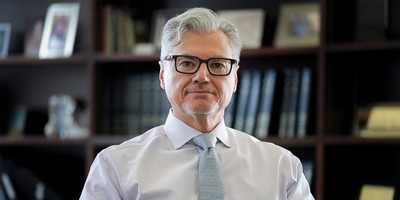

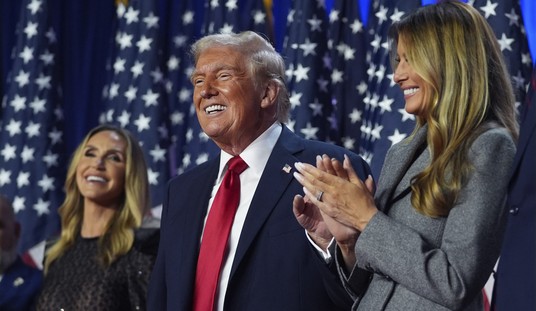
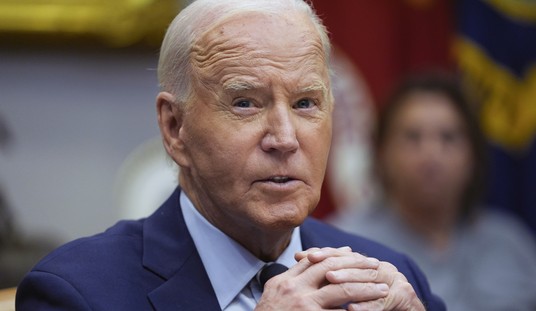
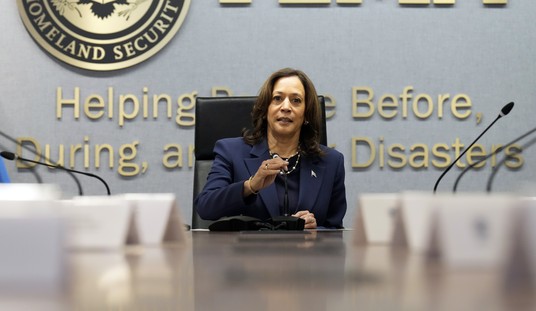

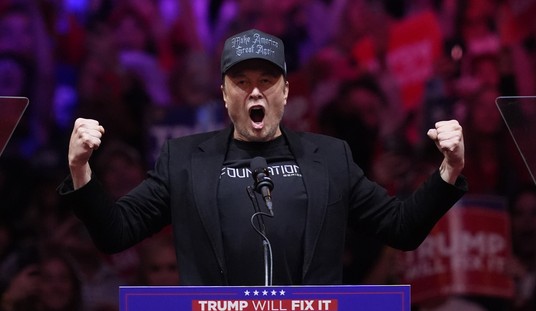

Join the conversation as a VIP Member